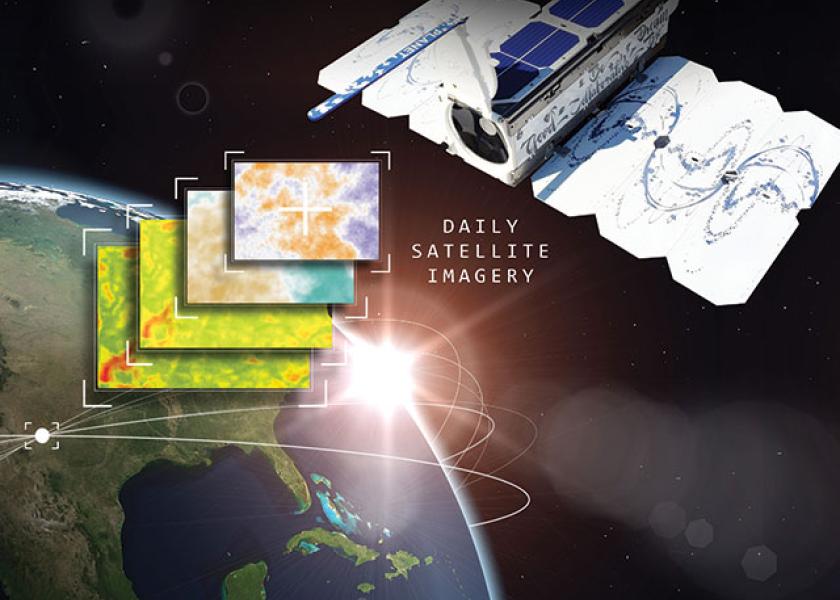NASA’s Newest Mission is Focused on Helping U.S. Farmers

When you think of NASA, do missions to the moon or Mars come to mind? If so, you might be surprised to learn that NASA is focused increasingly on missions closer to home – those on planet Earth.
“We have 26 different missions underway, with satellites orbiting Earth, studying the entire planet as a system—the land, the atmosphere, the oceans, all of it,” says Karen St. Germain, director for science at NASA.
The information gleaned by NASA scientists today is disseminated to various organizations for use, including USDA. For instance, data gathered by NASA routinely informs the USDA World Agricultural Supply and Demand Estimates (WASDE) monthly reports.
NASA’s Role In Agriculture
As the agency looks to the future, St. Germain says NASA expects to work more closely with farmers and other members of the agriculture community through a new program called Acres.
Established in March, Acres is a consortium of partners working across the U.S. agricultural spectrum to develop observatory-based data and tools to help increase food production, while protecting or restoring soil, water and other natural resources, says Alyssa Whitcraft,
founding director and a professor in the department of geographical sciences at the University of Maryland. University staff provide administration and oversight for Acres.
She says initial objectives developed for Acres are based on feedback from Midwest farmers, gathered during individual and group discussions in 2022.
Three of the consortium partners’ broad objectives for Acres include:
1. Supporting a deeper understanding of U.S. agricultural land use, productivity and sustainability
2. Developing on-farm decision support tools for smart agronomy
3. Strengthening environmental and human resilience to climate change and global hazards
“Farmers and ranchers are looking for information to help them make all sorts of decisions, from water use to what crops to plant and when," says St. Germain, in a press release. "NASA is always looking for new ways to help people find and use science to inform their decisions, so we’re very excited about this new consortium to help America’s farmers use NASA Earth science data.” Read more here: The New Space Jam: Delivering 51 Years of Satellite Data to America's Producers
'Down To Earth' Applications
Some specific applications for the data include: helping to optimize nitrogen applications and irrigation scheduling to support early detection of pests and disease; to provide information tools to support local food production; and to bolster soil health, says Brad Doorn, NASA program manager for water resources and agriculture.
“We want farmers to know that their space agency has an agriculture program that is focused on understanding their needs and finding solutions with them," Doorn says.
In recent years, NASA has been working to ensure that members of the U.S. agriculture industry are connected directly to the agency’s agriculture work, particularly through its Earth Applied Sciences program.
NASA Acres builds on the success of NASA Harvest, a globally focused consortium also based at the University of Maryland.
More information about Acres and how to get involved is available at nasaacres.org.
Put Your Data To Work: Layers Of Information Pave The Road To Higher Yield
Pop-Up Solar: Can Farmers Make Fertilizer, Fuel and Electricity from the Sun?
Dead Noise: AM Radio Could Soon Be Phased Out of All Vehicles







